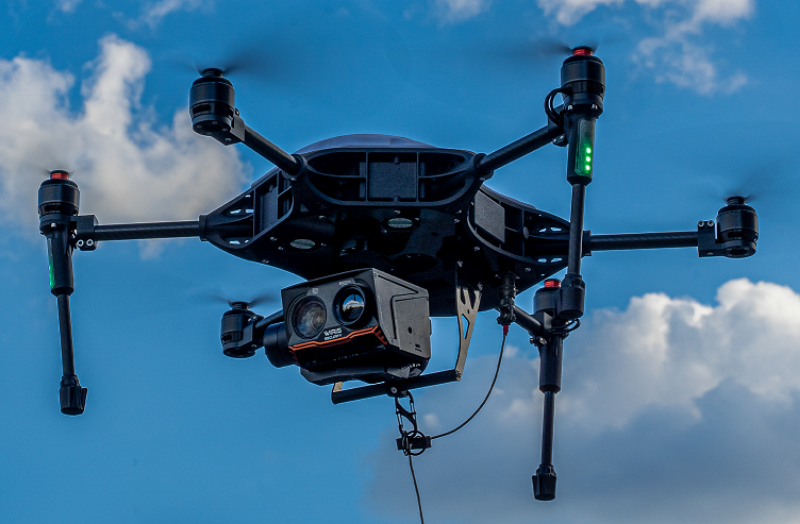Contents
Images References :
Lovebirds are known for their strong pair bonds and affectionate nature. Understanding their bonding behaviors can help owners provide the best care and ensure their lovebirds thrive in captivity.
Lovebirds form lifelong monogamous pairs, and their bond is essential for their well-being. They spend much of their time preening, cuddling, and feeding each other, which reinforces their relationship and provides comfort.
To foster a strong bond with their human companion, lovebird owners should mimic these behaviors as much as possible. This includes gentle grooming, hand-feeding, and spending quality time interacting with the birds.
Understanding bird bonding behaviors for lovebird owners
Understanding and fostering strong bonds with lovebirds is essential for their well-being and happiness in captivity.
- Mimic natural bonding behaviors
By mimicking natural bonding behaviors, such as gentle grooming and hand-feeding, lovebird owners can strengthen the bond with their feathered companions and provide them with a fulfilling and enriching life.
Mimic natural bonding behaviors
To foster a strong bond with their human companion, lovebird owners should mimic the natural bonding behaviors that lovebirds exhibit with their mate. These behaviors include:
Preening: Lovebirds spend a significant amount of time preening each other’s feathers. This behavior helps to maintain their feathers in good condition and also strengthens their bond. Owners can mimic this behavior by gently stroking their lovebird’s feathers with a soft brush or their fingers.
Cuddling: Lovebirds love to cuddle with their mate, often perching close together and fluffing up their feathers. Owners can provide a comfortable and safe space for their lovebirds to cuddle by placing a soft perch or nest box in their cage.
Feeding: In the wild, lovebirds often regurgitate food to feed their mate. Owners can mimic this behavior by hand-feeding their lovebirds small pieces of fruit, vegetables, or pellets.
Vocalizations: Lovebirds are very vocal birds and use a variety of calls to communicate with each other. Owners should pay attention to their lovebird’s vocalizations and try to mimic them, as this can help to strengthen their bond.
By mimicking these natural bonding behaviors, lovebird owners can create a strong and lasting bond with their feathered companions.
FAQ
Here are some frequently asked questions about understanding bird bonding behaviors for lovebird owners:
Question 1: How can I tell if my lovebirds are bonded?
Answer: Bonded lovebirds will spend a lot of time together, preening each other, cuddling, and feeding each other. They may also engage in mutual vocalizations and regurgitate food for each other.
Question 2: How can I strengthen the bond with my lovebirds?
Answer: You can strengthen the bond with your lovebirds by mimicking natural bonding behaviors, such as gentle grooming, hand-feeding, and spending quality time interacting with them.
Question 3: What are some signs that my lovebirds are not bonding?
Answer: Signs that your lovebirds are not bonding may include aggression, lack of interest in each other, and excessive vocalizations.
Question 4: What should I do if my lovebirds are not bonding?
Answer: If your lovebirds are not bonding, you should consult with a veterinarian or avian behaviorist to rule out any underlying medical or behavioral issues.
Question 5: How can I introduce a new lovebird to my existing bonded pair?
Answer: Introducing a new lovebird to an existing bonded pair should be done gradually and carefully. Start by placing the new bird in a separate cage next to the existing pair’s cage. Allow the birds to get used to each other’s presence for a few days before introducing them into the same cage.
Question 6: What are some tips for keeping my lovebirds happy and healthy?
Answer: To keep your lovebirds happy and healthy, provide them with a spacious cage, a healthy diet, and plenty of toys and enrichment activities. Regular veterinary checkups are also important to ensure that your lovebirds are in good health.
Closing Paragraph for FAQ
By understanding bird bonding behaviors and providing a loving and supportive environment, lovebird owners can help their feathered companions thrive and enjoy a long and happy life together.
In addition to the information provided in the FAQ, here are some additional tips for understanding bird bonding behaviors for lovebird owners:
Tips
Here are some practical tips for understanding bird bonding behaviors for lovebird owners:
Tip 1: Observe your lovebirds’ natural behaviors. Pay attention to how they interact with each other, including how they preen, cuddle, feed each other, and vocalize. This will help you to better understand their bonding behaviors and needs.
Tip 2: Mimic natural bonding behaviors. As discussed in the previous section, lovebirds bond through a variety of behaviors, such as preening, cuddling, and feeding each other. Owners can mimic these behaviors to strengthen their bond with their lovebirds.
Tip 3: Provide a safe and comfortable environment. Lovebirds need to feel safe and secure in order to bond with their owner and with each other. Provide them with a spacious cage, plenty of toys and enrichment activities, and a healthy diet.
Tip 4: Be patient and consistent. Building a strong bond with your lovebirds takes time and consistency. Be patient with them and continue to interact with them in a positive and loving way.
Closing Paragraph for Tips
By following these tips, lovebird owners can create a strong and lasting bond with their feathered companions.
Understanding bird bonding behaviors is essential for lovebird owners who want to provide the best possible care for their pets. By mimicking natural bonding behaviors and providing a loving and supportive environment, owners can help their lovebirds thrive and enjoy a long and happy life together.
Conclusion
Lovebirds are highly social creatures that form strong pair bonds. Understanding their bonding behaviors is essential for owners who want to provide the best possible care for their feathered companions.
In this article, we have discussed the importance of mimicking natural bonding behaviors, such as preening, cuddling, and feeding. We have also provided tips for creating a safe and comfortable environment for lovebirds, and for being patient and consistent in building a strong bond with them.
By following these tips, lovebird owners can help their feathered friends thrive and enjoy a long and happy life together.
Closing Message
Understanding bird bonding behaviors is not only essential for the well-being of lovebirds, but it can also bring great joy and fulfillment to their owners. By providing a loving and supportive environment, and by mimicking natural bonding behaviors, owners can create a deep and lasting bond with their feathered companions.



